- About us
- Support the Gallery
- Venue hire
- Publications
- Research library
- Organisation chart
- Employment
- Contact us
- Make a booking
- Onsite programs
- Online programs
- School visit information
- Learning resources
- Little Darlings
- Professional learning
Frank Hurley OBE (1885–1962), photographer, cinematographer and adventurer, made his name with the images and footage he took during the Australasian Antarctic Expedition (AAE) of 1911–14. Hurley became interested in photography as a teenager, acquiring his first camera at seventeen and a job with a Sydney postcard company before he turned twenty. He was twenty-five when he persuaded Douglas Mawson to take him on as the official photographer for the AAE (the British photographer, Herbert Ponting, had been Mawson’s first choice). Working in extreme conditions, Hurley took numerous photographs and the footage that was later released as the documentary Home of the Blizzard (1913). Hurley was also the official photographer for Ernest Shackleton’s ill-fated British Trans-Antarctic Expedition of 1914–1917, during which he created the celebrated photographs of the expedition ship Endurance being slowly crushed in the polar ice. Hurley served as an official photographer during World War I, earning a reputation among the troops as ‘the mad photographer’ for the risks he took to get the perfect shot. His many photographs of battlefields in Belgium and France are now considered iconic, but were the cause of conflict with Australia’s official war historian, Charles Bean, who rejected Hurley’s method of forming single images from a composite of negatives. Hurley had great flair for showmanship and spent much of the period after the war presenting illustrated lectures and exhibitions of his photographs, making popular documentary and fiction films, and working for the newsreel company, Cinesound. Hurley made his third trip to Antarctica, again with Mawson, in the British, Australian and New Zealand Antarctic Research Expedition (BANZARE) of 1929–31, producing two films – Southward Ho! with Mawson and Siege of the South – as a result. He served with the AIF in the Middle East in World War II. In addition to his famous wartime and Antarctic work, Hurley’s career produced several documentaries and travelogues; two feature films; and numerous books about Australia and his travels.
Purchased 2005
Frank Hurley OBE (age 26 in 1911)



On one level The Companion talks about the most famous and frontline Australians, but on another it tells us about ourselves.
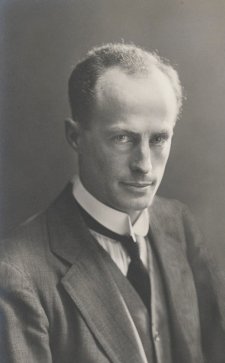
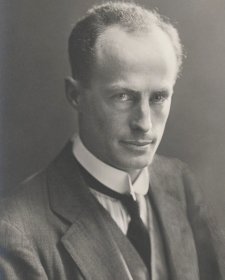
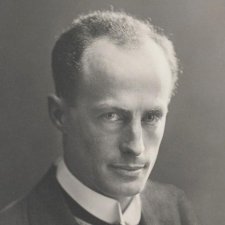
14 July 2020
Joanna Gilmour brings a mindful Douglas Mawson’s perspective to bear on the concept of isolation.
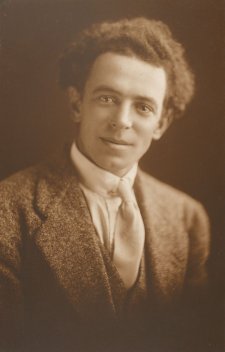
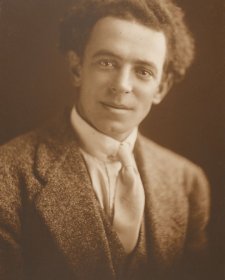
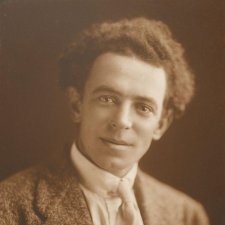
Frank Hurley's celebrated images document the heroism and minutiae of Australian exploration in Antarctica.